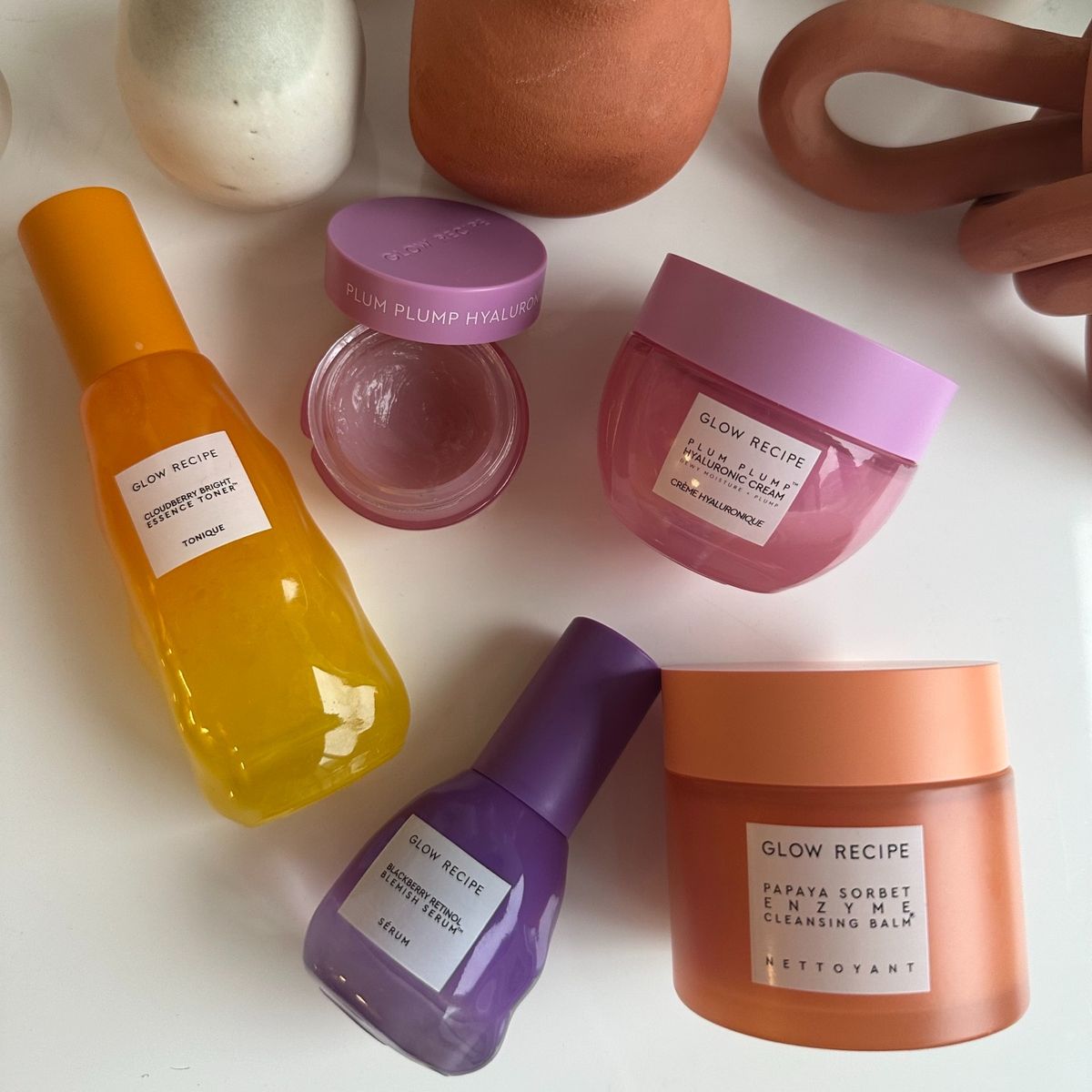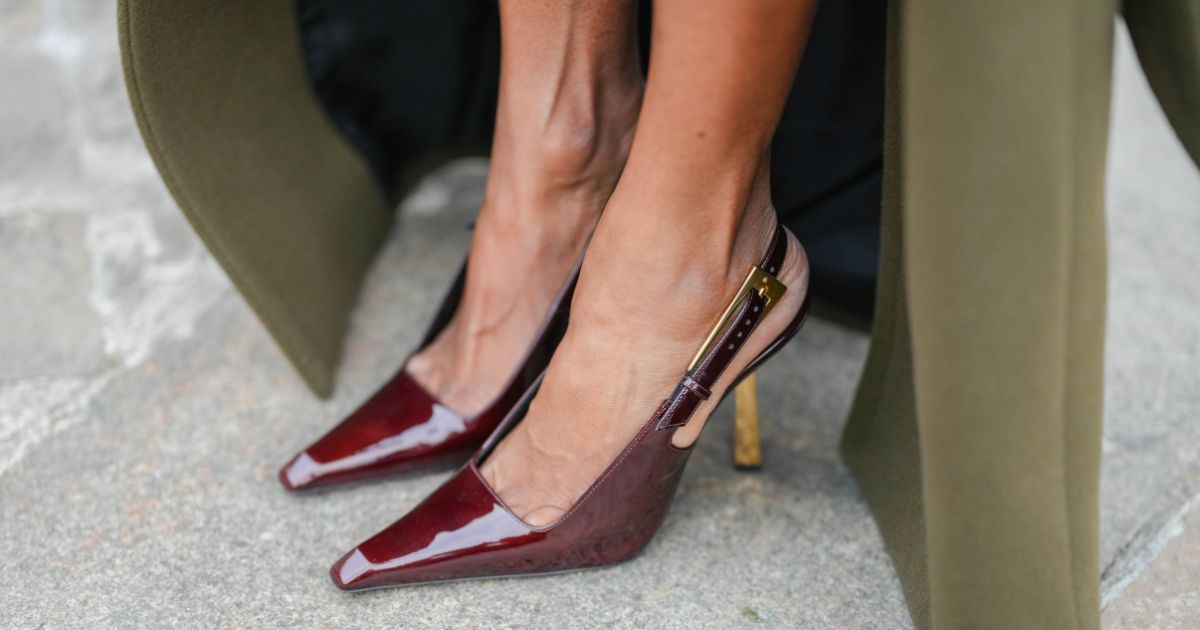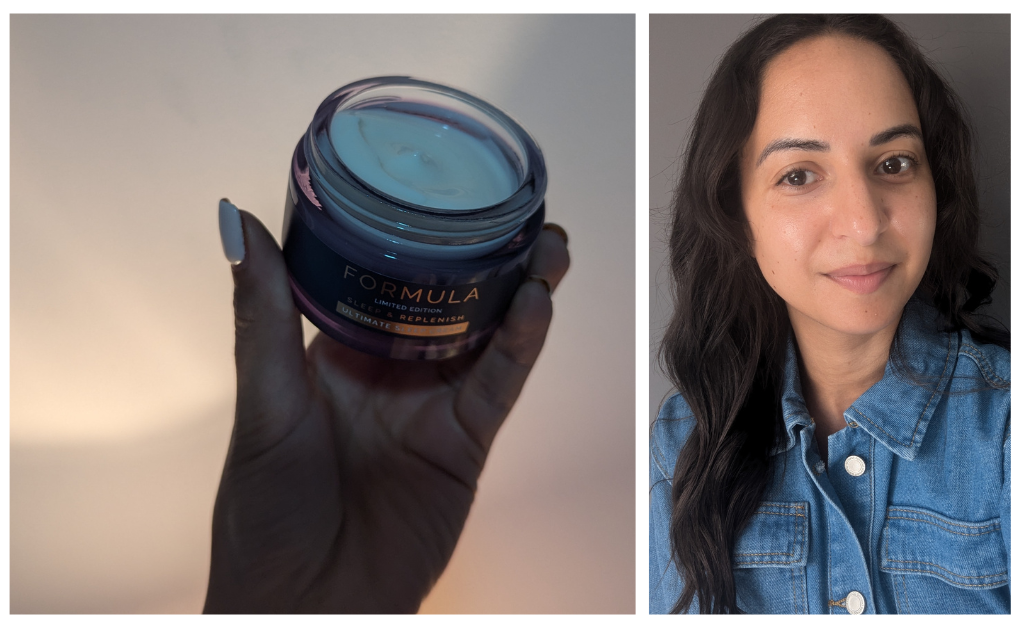
Hydrangea flowers will grow bigger and stronger if 1 natural item is added the soil now (Image: Getty)
Hydrangeas, known for their resilience against the chill, still require a touch of TLC to ensure they burst into stunning blooms come next year.
It might feel premature to think about spring, but prepping your garden can lead to a lusher floral show in the following year.
Gardening experts from Monrovia have emphasised the importance of providing hydrangeas with “one last hearty meal” in the form of compost or other organic matter during autumn. This mulching technique is crucial for helping the plants store vital nutrients before the spring revival.
They advise: “Give your hydrangeas a boost for the next growing season by adding compost to your beds in the [autumn]. After a good night’s sleep, everybody feels better with a good breakfast in their belly. The same is true for hydrangeas.”
The experts further explained the benefits of applying compost now, allowing it to decompose throughout the winter to make the nutrients accessible when spring arrives.
Get gardening advice straight to your phone Join us on WhatsApp
Our community members are treated to special offers, promotions, and adverts from us and our partners. You can check out at any time. Read our Privacy Policy

Fertilisers should be avoided during autumn (Image: Getty)
The critical point here is that fertilisers should be avoided during autumn as they can encourage fresh yet delicate growth.
Such tender shoots are incredibly susceptible to cold snaps and won't withstand early frosts, which could compromise the health and survival of the entire plant through the colder months.
An expert gardener has said: “We’re only talking compost here! Don’t offer your hydrangeas nitrogen-rich fertilisers which might incline them to plant new leafy growth.”
Mulching is simply covering the soil around a plant with organic matter. This helps insulate the roots and crown, protecting it from cold weather.
Invalid email
We use your sign-up to provide content in ways you've consented to and to improve our understanding of you. This may include adverts from us and 3rd parties based on our understanding. You can unsubscribe at any time. Read our Privacy Policy

Mulching is simply the act of covering the soil around a plant with organic matter (Image: Getty)
The green-fingered gurus advised: “To give hydrangeas their best chance at success, apply a layer of chunky mulch around the base of the plant. Decorative mulch is helpful but we recommend straw, marsh hay, or fallen leaves.”
Mulching hydrangeas not only helps them store nutrients and keeps them warm, but also helps prevent weeds. The mulch layer over the soil suffocates any pesky plants before they grow.
It can also help retain moisture in the soil, so you don’t have to worry about weeding or watering once the extreme winter temperatures have arrived.
To mulch, all you need to do is wait for the soil to harden and freeze, then apply a layer of compost and then a mulch of your choice.
The pros explained: “After the ground has frozen (or in warmer zones late [autumn] or early winter) and you've top-dressed with compost.
“Apply a six to eight-inch layer of mulch. This insulates plants and protects plants from the heave-ho of spring freeze/thaw cycles. This can push them right out of the soil.”
 4 days ago
6
4 days ago
6




















 English (US) ·
English (US) ·